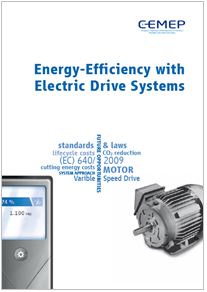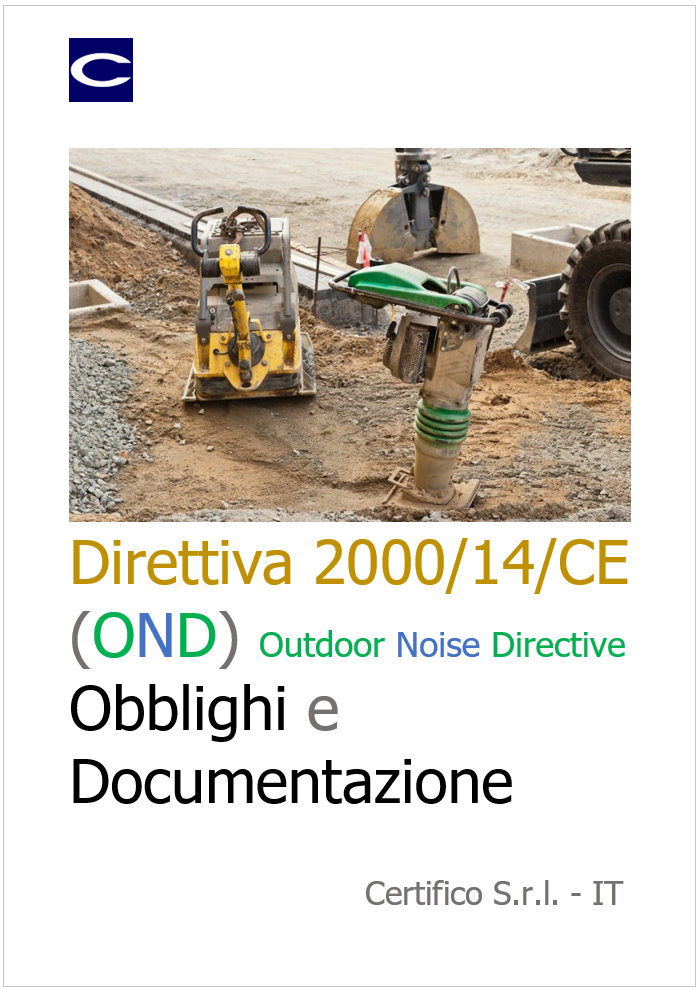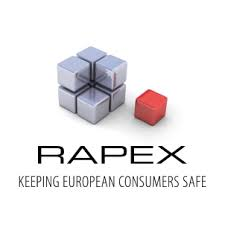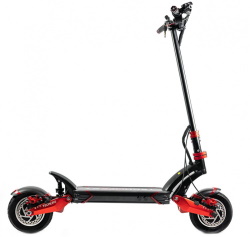Decreto 25 gennaio 2021 n. 28

Decreto 25 gennaio 2021 n. 28
Regolamento recante proroga delle scadenze delle revisioni generali e speciali quinquennali, nonche' di quelle relative agli scorrimenti e alle sostituzioni delle funi e a...

The Energy-Using Products (EuP) Directive (2005/32/EC) of 6 July 2005 defines the requirements for the eco-friendly design of energy-using products. On 21 October 2009, a revised version of this directive came into force, and the EuP Directive became the Energy-Related Products (ErP) Directive (2009/125/EC).
The ErP Directive extends the requirements to cover the eco-friendly design of products relevant to energy consumption, but otherwise remains unchanged. As a framework directive, however, it is valid only for those products for which there is what is called an ‘implementing measure’ with product-specific requirements.
For three-phase asynchronous motors, this is the case with the Regulation (EC) 640/2009 and the amending Regulation (EU) 4/2014.
Product-related statutory regulations The Regulation (EC) 640/2009 of 22 July 2009 is the product-related regulation governing drive system technology.
It defines the efficiency classes for motors supplied directly from the mains, the requirements for the use of variable speed drive technology and the time schedule for implementation.
Scope
The Regulation (EC) 640/2009 applies to threephase asynchronous motors with a squirrelcage rotor for 50 Hz or 50/60 Hz with the following properties:
- Rated voltage up to 1,000 V;
- Rated output from 0.75 to 375 kW;
- Number of poles 2, 4 or 6;
- Rated for continuous operation.
Time schedule for implementation
The individual requirements come into force in accordance with the following time schedule (Fig. A):
- Since 1 January 2015, motors with a nominal output power from 7.5 to 375 kW placed for the fi rst-time on the market must either be effi ciency class IE3 or efficiency class IE2, but may then be operated/equipped only with a variable speed drive.
Motors with a nominal output power from 0.75 to 7.5 kW placed for the first-time on the market must be at least efficiency class IE2.
- From 1 January 2017, the following regulation will apply: motors with a nominal output power from 0.75 to 375 kW placed for the fi rst-time on the market must either be at least effi ciency class IE3 or efficiency class IE2, but may then be operated only with a variable speed drive.
The most energy-effi cient solution depends on the application involved, and should be determined in each individual case by the operator or planner of the system concerned.
With fullload applications, an IE3 motor should be selected, while with variable load systems speed control with a variable speed drive can produce substantial savings.
Ongoing standardisation
Standards are recommendations and become legally binding when used in statutory instruments and/or business agreements.
The international standard IEC 60034-30-1, defines the efficiency classes (IE Code) for three-phase low-voltage motors directly connected to the mains:
- IE1 (standard efficiency)
- IE2 (high efficiency)
- IE3 (premium efficiency)
In future, the IEC 60034-30 standard will be divided into two parts:
- Part 1: Efficiency classes of line operated motors
- Part 2: Efficiency classes of inverter operated motors
April, 2015
CEMEP
European Committee of Manufacturers of Electrical Machines and Power Electronics
Diamant Building
Boulevard A. Reyers 80
1020 Brussels, Belgium
www.cemep.eu

Regolamento recante proroga delle scadenze delle revisioni generali e speciali quinquennali, nonche' di quelle relative agli scorrimenti e alle sostituzioni delle funi e a...

ID 5147 | Update Rev. 1.0 del 17.06.2025 / In allegato documento completo
In allegato un Documento schematico sulla ...

Report 42 del 16/10/2020 N. 01 A12/01347/20 Polonia
Approfondimento tecnico: Scooter elettrico
Il prodotto, di marca Techlife, è stato sottoposto...
Testata editoriale iscritta al n. 22/2024 del registro periodici della cancelleria del Tribunale di Perugia in data 19.11.2024